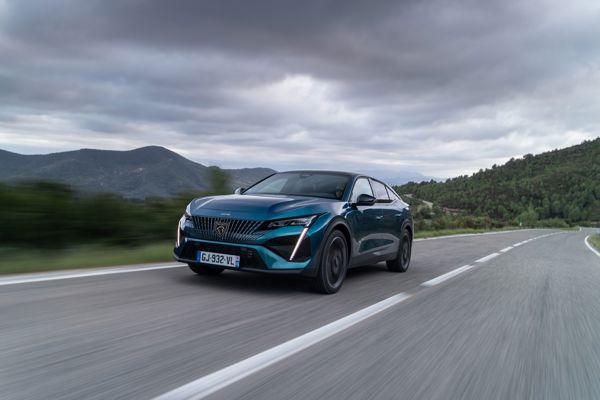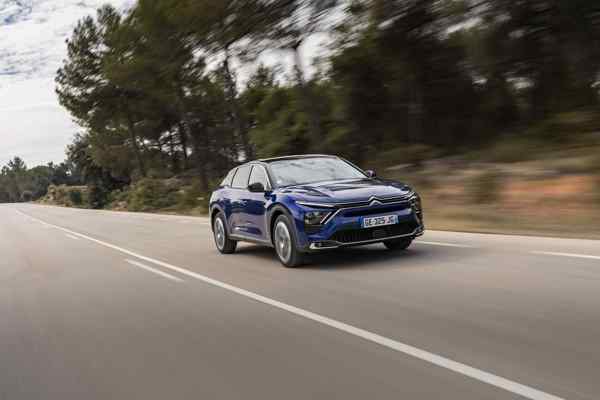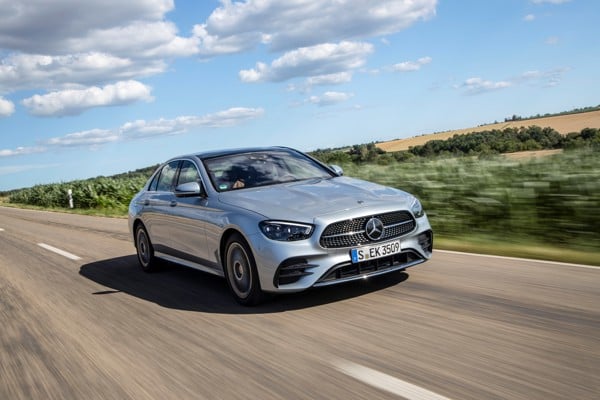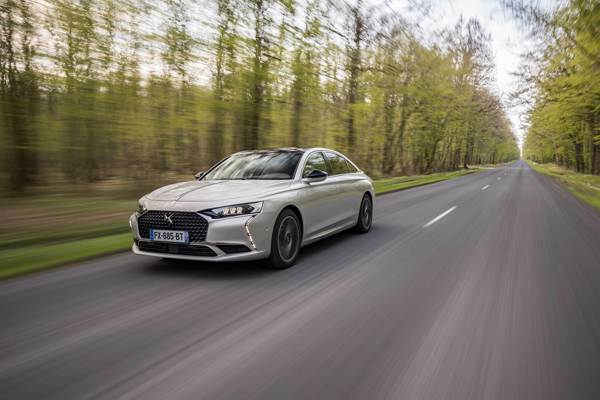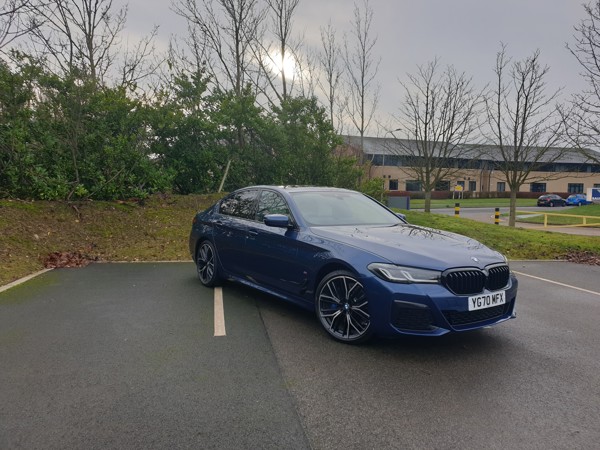Review
Company car drivers looking for a suitable family car will no doubt consider one of the many SUVs currently on the market.
Once they’ve worked out which variant suits, from small to family-sized to luxury, they’ll find they really are spoilt for choice.
They’ll no doubt be seeking a vehicle that is roomy and practical with decent levels of equipment. It will be economical with low benefit-in-kind tax.
Having spent many weeks in the driving seat of a Citroen C5 Aircross plug-in hybrid I can highly recommend its placed high up in the list of potentials.
It offers all the attributes and more mentioned above but it’s the high comfort levels that really make it stand out. These come courtesy of the Citroen Advanced Comfort programme which focuses on areas such as comfort, practicality and refinement.
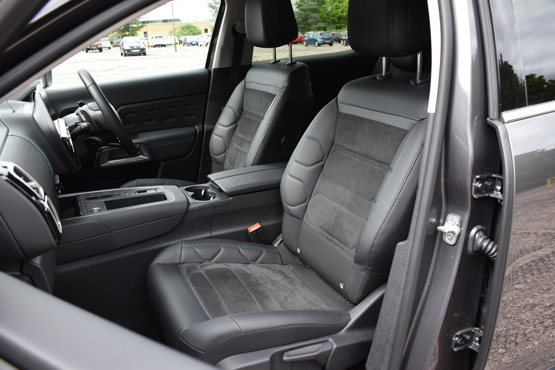
The C5 undercuts it rivals on a like-for-like basis making it more accessible for drivers. Our plug-in hybrid model sits in the 8% BIK band and will cost 20% taxpaying drivers under £50 a month and 40% taxpayers less than £100.
For the 2024 model year, the Citroen C5 Aircross plug-in hybrid has been rehomolgated and now sits in the 12% BIK band.
For the latest company car tax rates, please use the Fleet News Company Car Tax Calculator.
Options fitted to our car bring its total cost to £38,250 and comprise metallic paint (£595), anodised blue colour pack (£180), electric tailgate (£790) and ‘highway driver assist’ (£500).
Standard equipment includes front and rear parking sensors, reversing camera, adaptive cruise control, keyless entry and start, air conditioning with air quality system and heated door mirrors.
We enjoyed use of the car for six months and the only real negative was a confusing start to setting up the phone app which was soon sorted out. And once it was up and running using it for checking fuel levels and activating the air conditioning etc proved a breeze.
Long journeys proved easy thanks in part to the high comfort levels and it also behaved impeccably in stop-start, low-speed town driving.
Digital instruments impress
One aspect of the Citroen C5 Aircross I’ve come to appreciate over the past few weeks is the ability to change the graphics shown in the instrument panel.
Different modes offered are ‘driving’, ‘personal’, ‘navigation’, ‘minimum’ and ‘dials’, each providing the sort of information you want to be shown while driving at any given time.
For night-time motoring, I always opt for ‘minimum’ to give a cosy cabin feel and if using the satellite navigation system I’ll use ‘navigation’, so I have clear instructions shown within my eyeline.
Changing modes couldn’t be easier – simply turn a thumbwheel on the left of the steering wheel. There’s a personalised option, too, so you can include all your favourites.
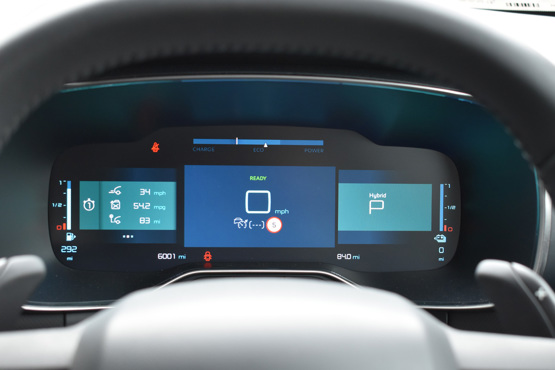
One aspect of the C5 Aircross that did cause a degree of confusion was why the lane assist control comes on as soon as the car’s switched on but ‘active lane keeping assist’ needs to be activated manually. Mentioning this to a colleague, he tells me it could be because of an EU rule.
It was the only oddity I’ve experienced and so far, my time with the car has proved enjoyable. And, more importantly, uneventful.
It offers relaxed motoring with a quiet engine and if you do require that extra bit of grunt, then simply stick it into sport mode. Use the paddles in this mode and you get a sportier driving feel.
But the Citroën doesn’t pretend to be anything other than a supremely comfortable family SUV, and that’s exactly what it excels at.
One minor negative is that the glovebox is pretty much rendered useless as, like in many French cars, the manufacturers doesn’t move the use box for right-hand drive models. But storage space is plentiful, so you won’t feel as though you’re losing out.
PHEV favours comfort over potency
It’s hard to stand out in a crowded family SUV market and rivals to our long-term Citroen C5 Aircross plug-in hybrid include popular choices such as the Volkswagen Tiguan, Kia Sportage, Skoda Karoq and Seat Ateca.
Each have their own qualities, but the C5 rates highly for comfort and space, offering a quiet and comfortable ride due in part to the super squishy front seats.
The C5 is unashamedly aimed at family motoring so drivers considering the model won’t be faced with a choice of high-performance engines.
That’s not to say I’ve found our 225PS plug-in hybrid particularly sluggish, but it clearly favours ride quality over potency. The biggest inhibitor to performance is the car's eight-speed automatic gearbox, which responds slowly if you floor the accelerator and need an immediate burst of power.
Take a more relaxed approach to driving and the C5 Aircross makes more sense. Its clever Advanced Comfort suspension soaks up the bumps but also minimises body roll, resulting in a confident and extremely smooth ride.
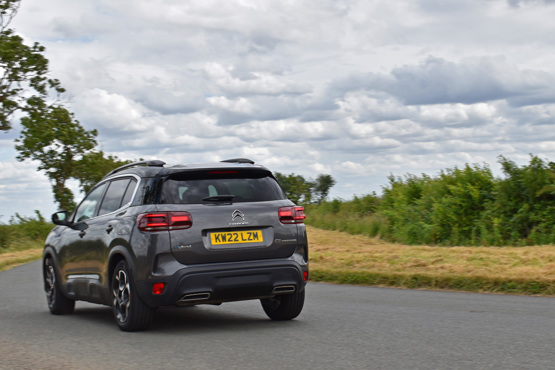
There are many reasons why fleet drivers should consider the C5 Aircross as their next company car, not least the fact that it will cost a 20% taxpayer just under £50 a month. This is thanks to the revised model being able to cover 40 emission-free miles (WLTP) putting it in the 8% benefit-in-kind tax band.
While our vehicle costs £38,250 (with options) the range starts at £23,170 with petrol, diesel and hybrid variants also available.
Although equipment levels on our test vehicle are impressive and you’re not left wanting for much, I’d have very much appreciated heated seats and steering wheel during the recent cold snap, although having the function to warm the car via the phone app I spoke of in the last report was the next best thing!
I can’t easily charge at home, so am relying on visits to the office to top the battery up. With a mix of urban and motorway driving, the car is achieving around 30 miles of zero-emission driving before the engine has to kick in. The range achieved was reduced during the aforementioned cold weather spell and this year, according to the app, the car has achieved impressive average fuel economy of just over 49mpg.
Testing the tech
I learned recently that passengers and ‘stop and go’ adaptive cruise control aren’t always the best of bedfellows.
Being unofficial taxi driver recently meant I took other family members for a few daily trips and while I have the utmost confidence in the adaptive cruise control – technology that uses video and radar to monitor the vehicle in front and control your speed and braking accordingly – but others did not.
“Brake, please” was said on more than one occasion as they clutched either seat in front or held onto the dashboard and eventually, I gave in and took full control back. Obviously, I knew that I had the ability to take full control should it ever be required. Not so the other occupants.
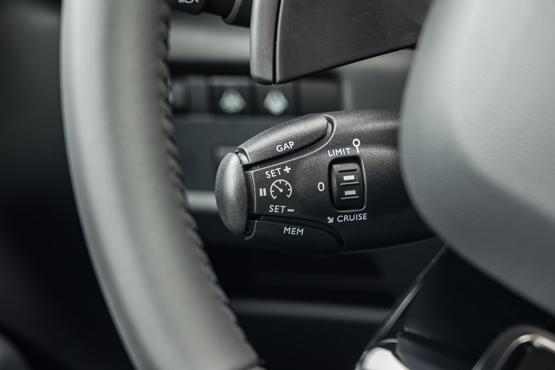
Another aspect of the car that has become a firm favourite of mine is the combination of reversing camera and front and rear parking sensors. When reversing, as well as displaying a rear camera view the screen also displays the positioning of your car from above so you can easily manoeuvre it between a parking space’s white lines.
My main gripe is the engine start-stop button doesn’t always work on first press. More often than not I have to press it a couple of times and on a couple of occasions, I’ve actually got out of the car and gone to lock the doors using the key fob to find the engine still running.
The positives far outweigh any negatives and as well as being extremely comfortable the C5 Aircross is a well-equipped and practical SUV.
App-ealing
One of the first things I like to investigate when a new test car arrives is whether the manufacturer offers a smartphone app.
These allow you to control certain functions of the car remotely and I’m pleased to report that Citroen does offer such a feature.
Signing up to it was a breeze and when you enter the car with your phone a message shows on the screen asking permission for the two to connect.
On my first attempt to switch on the vehicle’s climate control half an hour before I was due to leave the office on a hot day, I was greeted with a rather confusing message.
It said I needed to ‘update the multimedia system by making several trips of more than 15 minutes and to switch off the vehicle for more than five minutes once the banner on the homepage was no longer showing’.
I didn’t have the time nor inclination to try and work out what I was supposed to do so decided to defer further investigation for a few days.
After a few more trips in the car, I found that it must have updated automatically as I could now set the climate control.
My time with the app since has been faultless. Other features include checking fuel level and battery charge, showing where the car’s parked and the ability to plan a journey and send it directly to the sat-nav system.
However, while fiddling with the app, I came across a maintenance page which seemed to suggest the car was overdue a one-year service. A quick check with Citroen and I learned it had been serviced in July so I’m not sure why the information provided was out of date.
Citroen C5 Aircross Shine Hybrid joins our fleet
The latest addition to our long-term test fleet is a family SUV that delivers on comfort rather than promises a truly engaging ride.
That’s not to say the Citroen C5 Aircross isn’t an enjoyable car to drive but it’s best suited for motorway cruising rather than testing its peak performance on country lanes.
We’re testing the Shine-specced plug-in hybrid, which is powered by a 1.6-litre turbocharged petrol engine and electric motor. Drive is sent to the front wheel via an eight-speed automatic gearbox.
Company car drivers enjoy favourable tax rates as the car’s ability to travel 41 miles (correct at the time of writing) on battery power with 29g/km of CO2 emissions means it falls into the 8% BIK banding – 20% taxpayers pay £574 a year (£47.80 a month) and 40% taxpayers pay £1,148 a year (just over £95 a month).
Options fitted to our car bring its total cost to £38,250 and comprise metallic paint (£595), anodised blue colour pack (£180), electric tailgate (£790) and ‘highway driver assist’ (£500).
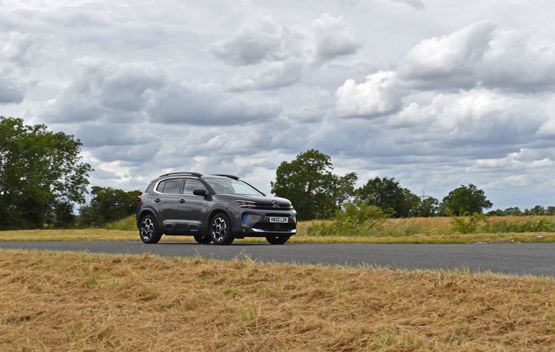
Standard equipment is plentiful and includes front and rear parking sensors, reversing camera, adaptive cruise control, keyless entry and start, air conditioning with air quality system and heated door mirrors.
It also features a coffee break alert that reminds drivers to take a take a comfort break after two hours of continuous driving above 40mph.
Unfortunately, it won’t then miraculously provide the driver with a free refreshing drink but in the unlikely event such a service should become a reality then I’m sure a Nespresso machine would comfortably fit in the cavernous central storage box, which you access by opening the arm rests.
This large storage area is welcomed as the glovebox is rendered pretty much useless by the inclusion of a fuse box, which would ordinarily be under the steering wheel in left-hand drive models.
For fleet managers, the warning system gives them peace of mind that drivers are encouraged to make stops on long journeys.
And those high-mileage drivers will certainly appreciate the Citroen’s comfortable ride and seats, more of which in future tests.
Mike Roberts returned to Fleet News in 2021 having previously been its news editor in the early 2000s.
He is now managing editor for Fleet News, AM and Rail in the Bauer B2B portfolio. Prior to this he was managing editor of Fleet News' sister-title Smart Transport.
Mike started his career in local newspapers in the 1990s and has since worked on several specialist titles, both in print and online.

Specs
| Manufacturer | Citroen |
| Model | C5 Aircross |
| Specification | Citroen C5 Aircross Hatchback 1.6 Plug-in Hybrid Shine 5dr e-EAT8 |
| Model Year | 2023.00 |
| Annual VED (Road tax) | £110 |
| BIK List Price | £36,025 |
| Range | 41.00mile(s) |
| CO2 | 29g/km |
| BIK Percentage | 8% |
| Insurance Group | N/A |
| CC | 1,598 |
| Fuel Type | Petrol Hybrid |
| Vehicle Type | Medium SUV |
| Luggage capacity (Seats up) | 600litres |
| Doors | 5 |
Running Costs
| P11D | £36,025 |
| Cost per mile | 45.53ppm |
| Residual value | £12,975 |
| Insurance group | N/A |
| Fuel Type | Petrol Hybrid |
| Cost per mile | 160.46ppm |
| Fuel | 2.67ppm |
| Depreciation | 155.30ppm |
| Service maintenance and repair | 2.49ppm |
Rivals
Info at a glance
-
P11D Price
£36,025
-
MPG
250.0 (WLTP) -
CO2 Emissions
29g/km -
BIK %
8% -
Running cost
3 Year 60k : £12,975 4 Year 80k : £10,375 -
Fuel Type
Petrol Hybrid -
Range
41.00mile(s)



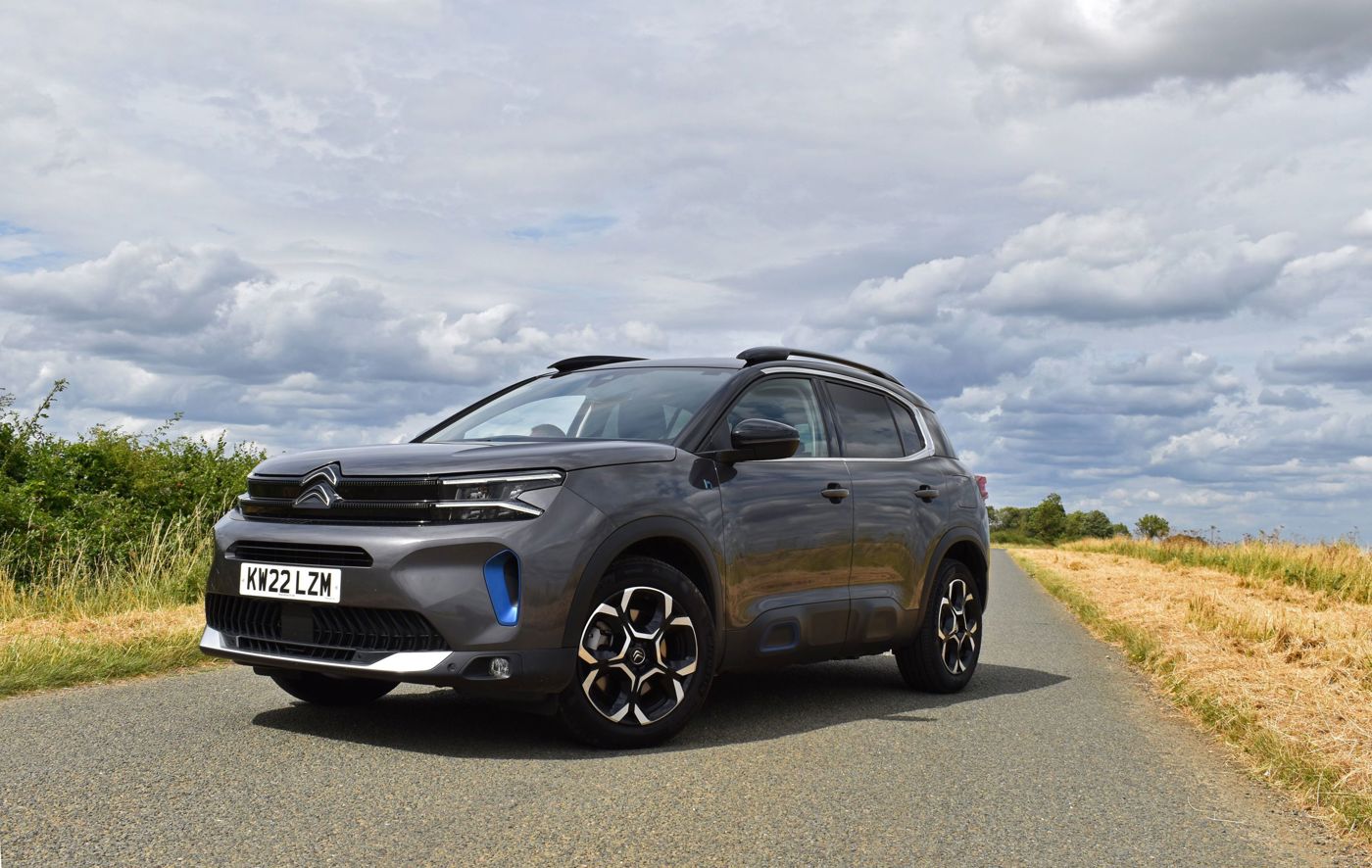

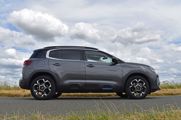

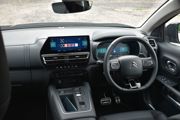
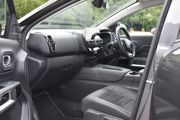
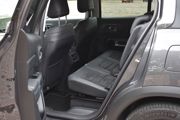
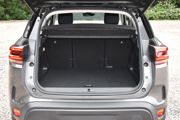

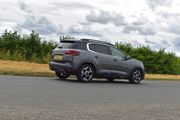
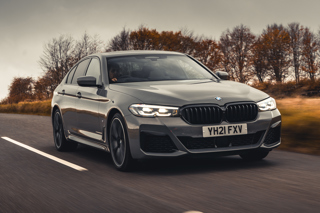
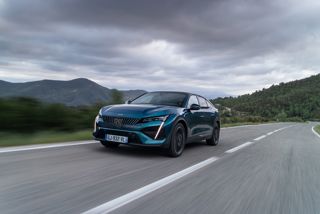
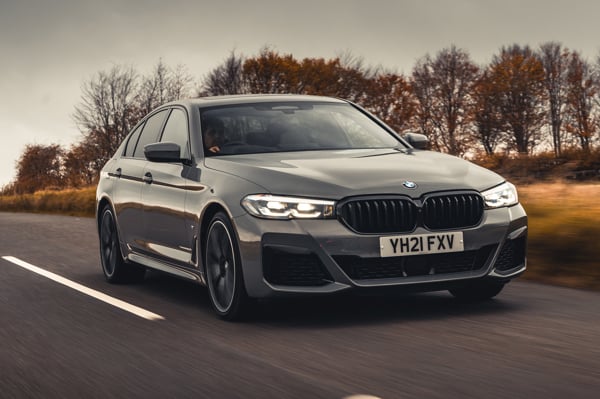
 Petrol Hybrid
Petrol Hybrid
